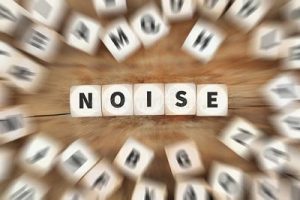
Physically, there is no difference between noise and sound. Sound is a sensory perception and noise corresponds to undesired sound. In extension, noise is any unwarranted disturbance within a useful frequency band. Noise is present in every human activity, and when assessing its impact on human well-being, it is usually classified either as occupational noise (i.e. noise in the workplace), or as environmental noise, which includes noise in all other settings whether at the community, residential, or domestic level (e.g. traffic, playgrounds, sports, music). Noise pollution, also known as environmental noise, is the propagation of noise with harmful impact on the activity of human or animal life. The source of outdoor noise worldwide is mainly caused by machines, transport and transportation systems. According to the World Health Organization (WHO), generally 60 dB sound can make a man deaf temporarily and 100 dB sound can cause complete deafness. OSHA (Occupational Safety and Health Administration) has established permissible noise exposure limits to help avoiding the standard threshold shifts in working. If the noise level exceeds 85 dB on a time-weighted average, a hearing conservation program is required.
Effect of noise in Human Perspective: Some demerits of noise balance distortion are –
- Hearing loss
- Auditory disorder i.e. Tinnitus
- Cardiovascular effects i.e. Major or Minor Heart Attack
- Psychological effects i.e. Annoyance, Stress etc.
